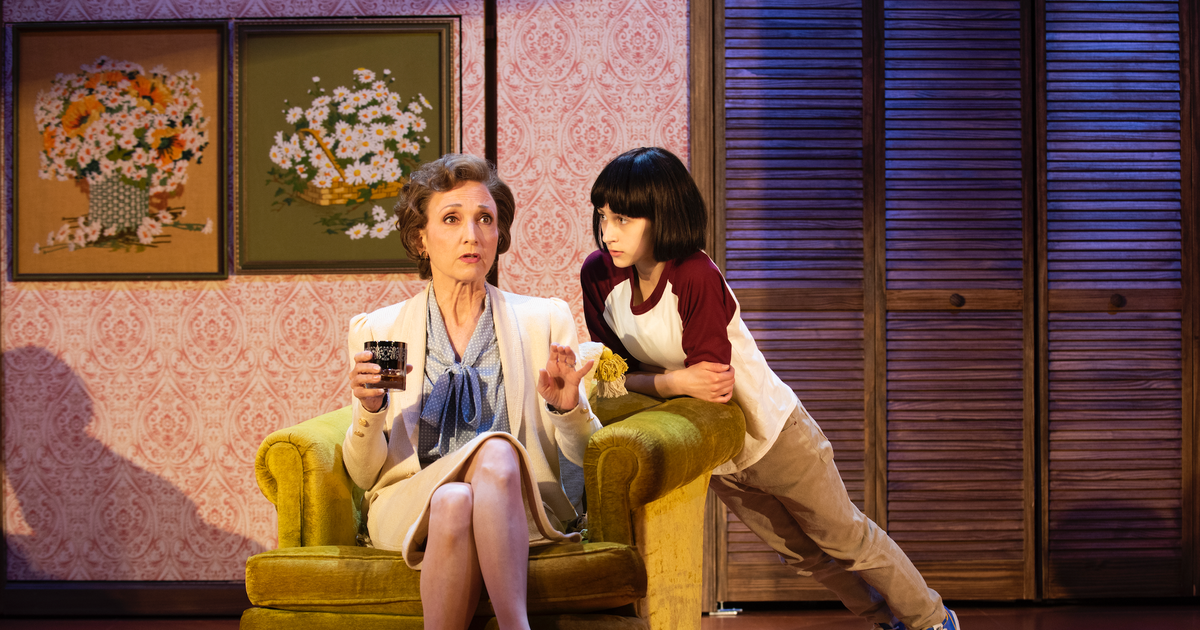Lately, when I can’t sleep, I grab a book from the couch and turn on a reading lamp. Insomnia is lonely – and often infuriating – and it’s a comfort to look at the words on a page. In general, the duller the words, the better. In the long hours before dawn, I read stories of very old buildings; minor gods; distant conflicts, half forgotten – and held back virtually nothing. But retention is not the issue. If you wait long enough, if you are tired enough, something magical will happen. The sentences will start to bend and fade together. They will filter through your dreams in a surreal, non-obnoxious way. At a certain time, reading becomes a psychedelic experience.
This is particularly true of Lewis Carroll’s always trippy â€Alice’s Adventures in Wonderland, “from 1865, and its even stranger sequel,”Through the looking glass and what Alice found thereâ€â€”The two I read late at night. In the morning, when other books have had their coffee and sobered up, Carroll’s works remain dreamlike and stubbornly absurd. “Down, down, down. Does the fall never come to an end? â€Carroll writes, as Alice dives into the rabbit hole. The hole is lined with shelves (naturally), and she picks up a jar of orange marmalade as she walks by. I will fall straight through Earth! “She worries.” How funny it will seem to come out among the people walking with their heads down!
The origins of Alice’s fall in Wonderland and her long cultural life after death, from Carroll’s first provisional sketches to the cheerful Alice-themed commercials for Guinness and tomato juice produced a hundred years later (“Welcome to a Great Drinkable Wonderland!â€) are the subject of a new enticing exhibition, “Alice: Curiouser and Curiouserâ€, at the Victoria and Albert Museum, London. I visited recently. Slipping inside a museum after months of strict containment in the UK has been felt, even masked and left behind, as a revelation; everyone was buzzing. The show begins below, in the vast underground space of the Sainsbury Gallery, inside a room filled with the sound of oars hitting the water. This is to evoke the now famous day when Charles Lutwidge Dodgson, who later adopted the pseudonym Lewis Carroll, ascended the Thames with his friend Robinson Duckworth and the three Liddell sisters, who were his neighbors: Lorina, Alice, then ten, and Edith. The caption reads: On a hot day on the river, the kids asked for entertainment and Dodgson agreed, telling a fantastic tale as he went. (The real story may be less clear-cut: The weather on July 4, 1862, the day of the boat trip, was “cool and rather humid,†according to some sources.) Alice asked Dodgson to write the story for her, and at Christmas 1864 he gave her the completed manuscript, then titled “Alice’s Adventures Under Ground.” He was meticulous; there were no mistakes. The last page featured a small photo of Alice’s face and, underneath, a portrait of her that Dodgson had drawn by hand.
Dodgson’s original manuscript, on loan from the British Library, is a surprisingly beautiful and eerie object, the cover decorated with a border of unruly wildflowers, like an overgrown garden. Carefully handwritten and illustrated by Dodgson in a thin, slender pen, the care he took in weaving the designs into the meticulous text is evident. (“What good is a book,†wonders Alice at the beginning of the tale, “without pictures or conversation?â€) The dedication, embellished with coiled green vines, reads: “A Christmas present to a dear child in memory of a Summer Day. â€When I saw the show, which runs until the end of December, the little book opened to reveal a page featuring one of Dodgson’s illustrations of Alice. the story, she just ate a mysterious cake (there is a card on it, and “the words”EAT ME‘were beautifully printed on it in big letters “) and she finds herself stretching upwards, her neck stretched out, almost beyond the bounds of the book,” like the largest telescope that ever existed! ” “More curious and more curious! she says.
Curious would be how to describe the Victorians in Alice’s time. Exhibition curator Kate Bailey spoke of the wave of discovery and industry of the time, her devotion to science and progress, with a carousel of delicious quirks: a fifties kaleidoscope, a camera – bulky box of the type used by Dodgson, the skeleton of a dodo. There is an accordion-shaped paper model of the “Great Exhibition” in Hyde Park, a showcase of fabrication and design that blew everyone away in 1851. (Dodgson called it “a sort of land of the fairies. â€) There is also a childhood fascination on display. , who appears to have started at the top, with Queen Victoria, who had nine children; a sepia-colored photograph shows a placid child balancing on his knees. “Attitudes towards childhood changed in the 19th century,†the explanatory text reads, “moving away from puritanical ideas of original sin towards associations with freedom, creativity and innocenceâ€. The Victorians were “preoccupied and fascinated with childhood and the child,” Bailey told me recently. “This is when children’s literature emerged.”
The real Alice Liddell was the daughter of Henry Liddell, the dean of Christ Church College at the University of Oxford, where Dodgson taught mathematics. At the start of the show, there is a striking photo of Alice taken by Dodgson in 1858. She is seated in profile and dressed like a Victorian doll: ruffled sleeves, dark square. She looks serious and maybe a little impatient. During Alice’s life, Dodgson photographed her on several occasions. He lived next door – her office overlooked the garden where she played with her sisters – and was a frequent visitor to her family’s home. He was clearly in love, perhaps inappropriately, although the nature of Dodgson’s relationship with Alice is not something the show explores. (There is no clear evidence that Dodgson crossed the line, just lingering suspicions). A single sign below a photo of the Liddell sisters read: “Today Dodgson’s close friendship with Alice Liddell would be examined, but in Victorian times it was not inappropriate for a man to befriend with a younger daughter. Bailey told me she wanted to do a show on “the impact and legacy of books, instead of really scrutinizing Lewis Carroll’s biography.”
From a dark room steeped in Victoriana, you literally turn a corner and find yourself in a hallway in which the walls seem to narrow. Or maybe you are just getting fat. At the back, there is a small door behind a curtain. Take a look at its small windows and you will see a walled garden, with neat hedges and flamingos. (“She knelt down and looked along the passage in the most beautiful garden you have ever seen,†reads an inscription on the door.) In another corner, there is a digital pool of tears , like the one Alice suddenly found herself swimming in (“‘I wish I hadn’t cried so much!'”) From there, things just get worse, with rooms freely building themselves up. on top of each other, like actors in an improv class. There is a space that looks like an unlucky seaside pier, with a striped pavilion full of mirrors and upside down writing. Hell am I? Ah, that’s the big puzzle! “) There’s also an arcade-like machine with a crank that makes Alice comically stretch upwards. (Hand sanitizer provided .) A lazy caterpillar on stilts watches over everything.
 Zoo Book Sales
Zoo Book Sales



